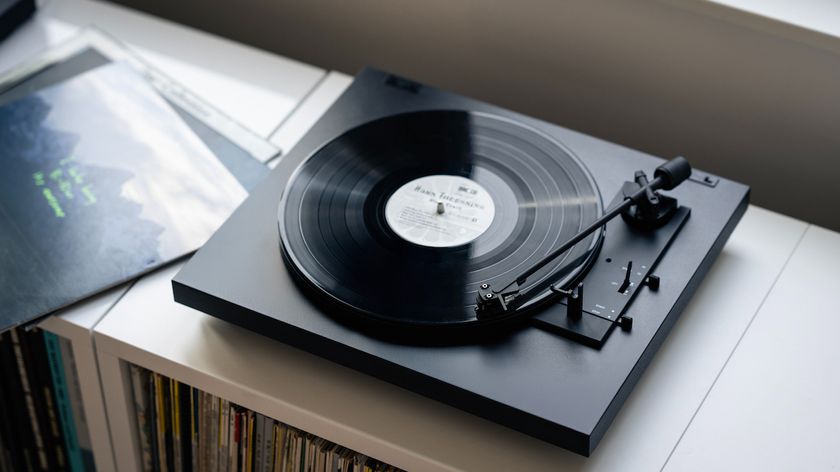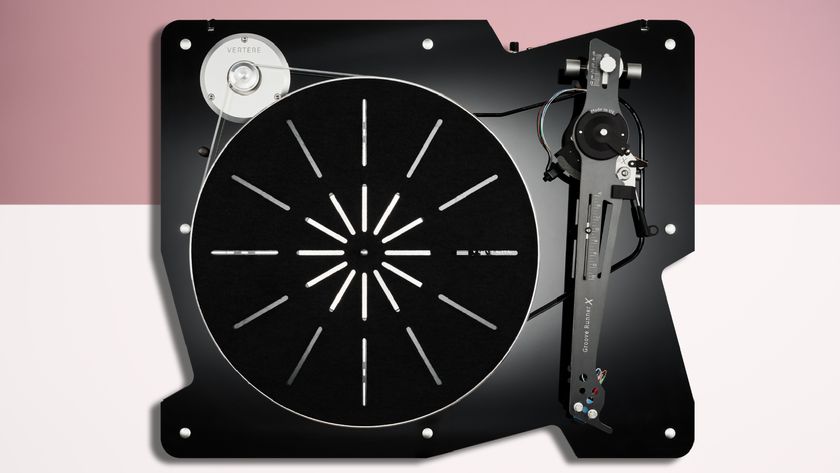Today though the cassette is all but history - most hi-fi and car radio makers have some kind of cassette player in their line-up for legacy users, but in a world where CD and MP3 dominate it’s hard to see it staging any kind of comeback, mixtapes or not.

5. D-VHS
What do you mean you’ve never heard of it? That’s your problem right there. D-VHS you’ll be unsurprised to learn was launched by VHS creator JVC in 1998 as a high capacity source for the new wave of flat panel TVs.
Partly based on technology already used in S-VHS VCRs and cassettes, D-VHS used a more expensive tape formulation to store an MPEG-2 digital data stream that could then be played back on compatible players.
D-VHS’s biggest benefit was that it had a much greater storage capacity than DVD, enabling you to either record and playback content and much higher bits rates (14.1Mpbs standard) than DVD was able to achieve (10Mpbs max.), or to use it as a carrier for high definition content.
A standard 240-minute tape, for example, had a capacity of 25GB (the same as Blu-ray and HD DVD) and was able to record up to four hours of ‘standard definition’ content at better than DVD quality bit-rates, or up to two hours of actual 720-line high definition content. Later tapes had even more capacity, offering up to 480 minutes recording in ‘standard def’, four hours in high-def. They also had a total storage capacity of 50GB.
Despite the fact that D-VHS was also backed by Panasonic, Hitachi and Toshiba, it really was still-born at birth. High prices, the rise of Sky+ style PVRs and the fact that people were now used to disc-based formats all conspired to kill off D-VHS before it ever really gained a foothold.
Get daily insight, inspiration and deals in your inbox
Sign up for breaking news, reviews, opinion, top tech deals, and more.
As ever it was a few obsessive cinephiles who ever got into it at all, and then chiefly as a way to get HD content before HD DVD and Blu-ray finally arrived here in 2006.
The only D-VHS deck to sell here (the HM-DR10000EK) did have the advantage that it was able to record to regular S-VHS cassettes, but the lack of an RGB input via SCART limited its appeal even further.
6. Vinyl

Like the bad guy in a zombie flick, vinyl is the format that just refuses to die. Every few years, it looks like it’s finally bitten the dust, only then it magically revives itself and the battle starts again.
We were supposed to be rid of the grooved plastic platters in the mid-1980s when CD swaggered in. However music lovers have stuck to their guns, and clung preciously on to the format, praising the warmth of its analogue output, and its sheer superiority when it comes to outright sound quality.
CD's alleged inferiority hasn’t been helped, of course, by the dirty tricks recording engineers and producers have resorted to to compressing a song’s dynamic range so it sounds better on the radio.
Compression like this has always gone on, but it’s accelerated in the CD age to such an extent that it has made many recordings practically unlistenable, thanks to their bright and rapidly-wearing presentation.
True consumer tech companies like Sony have tried to deliver the best of both worlds with high-resolution audio formats like Super Audio CD and DVD-Audio (more on these below).
Vinyl has also been largely been absolved of another CD sin, that of artists willingness to fill every minute of CD’s 74-80 minute playing time with filler that should have been left in the songwriters’ scrapbook. It’s an accident of technology history that some of the best albums ever made have been just 30 to 40 minutes long (we'll gloss over the triple album excesses of the '70s - a precursor of the CD age).













